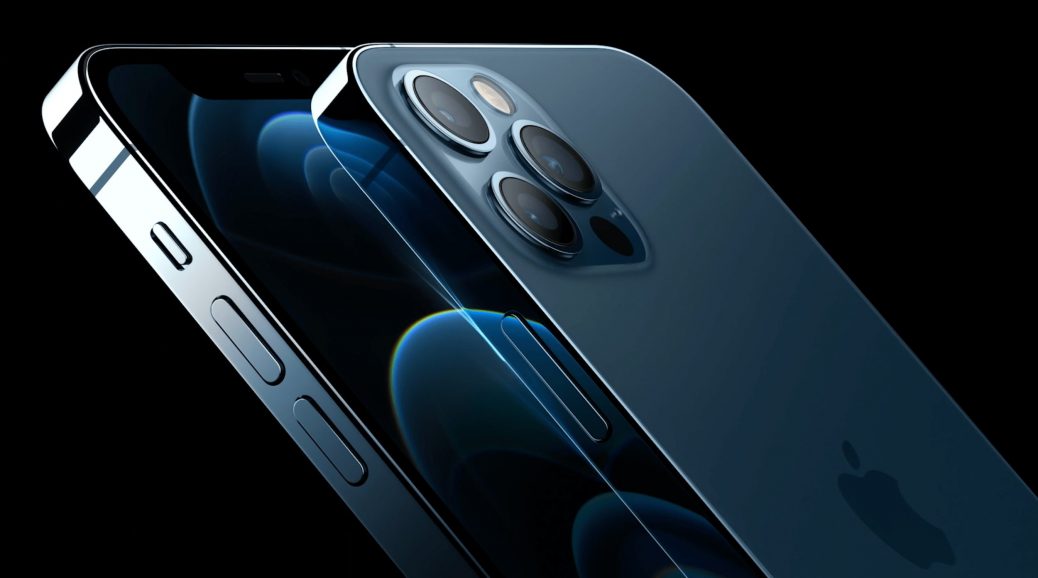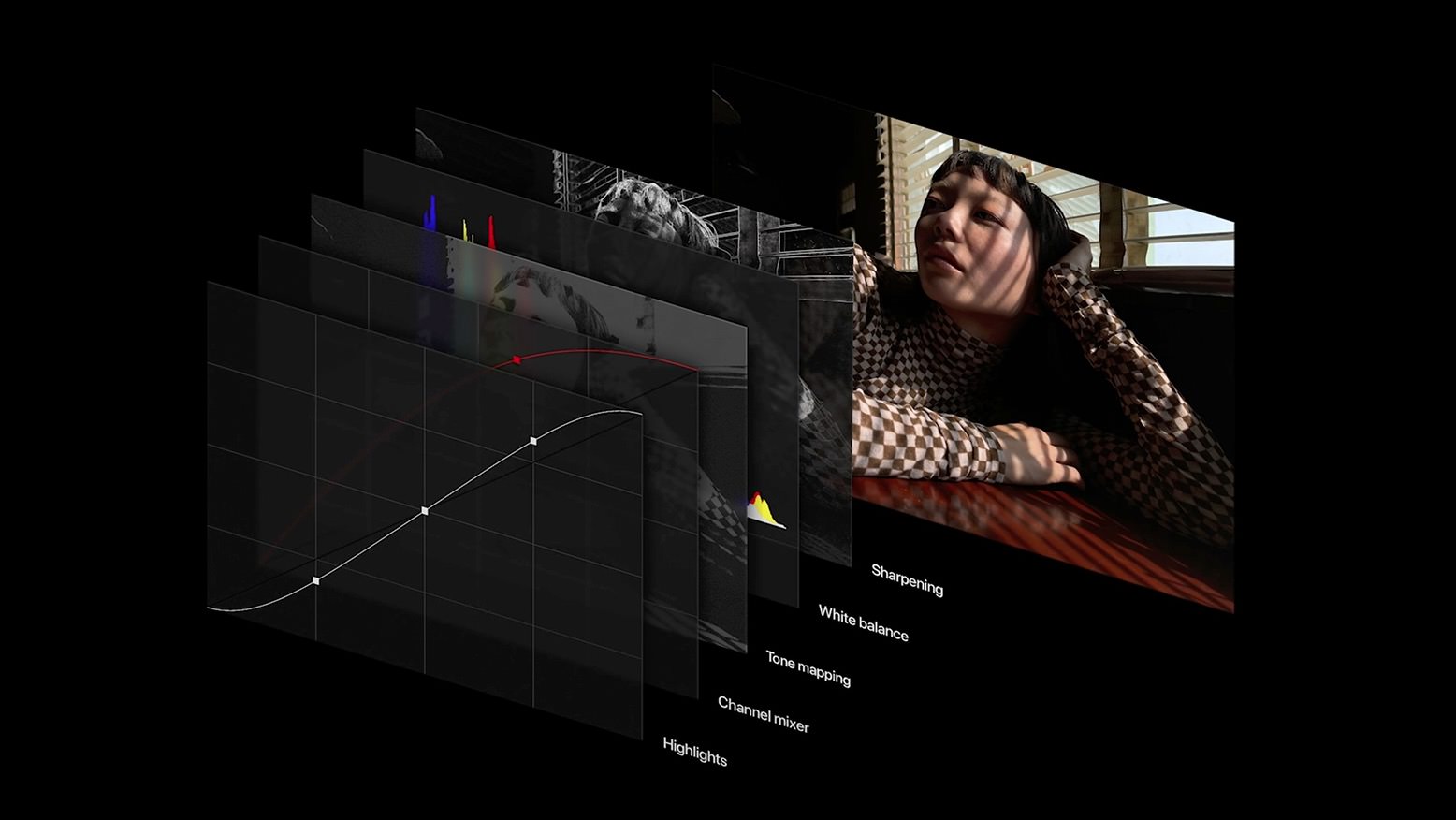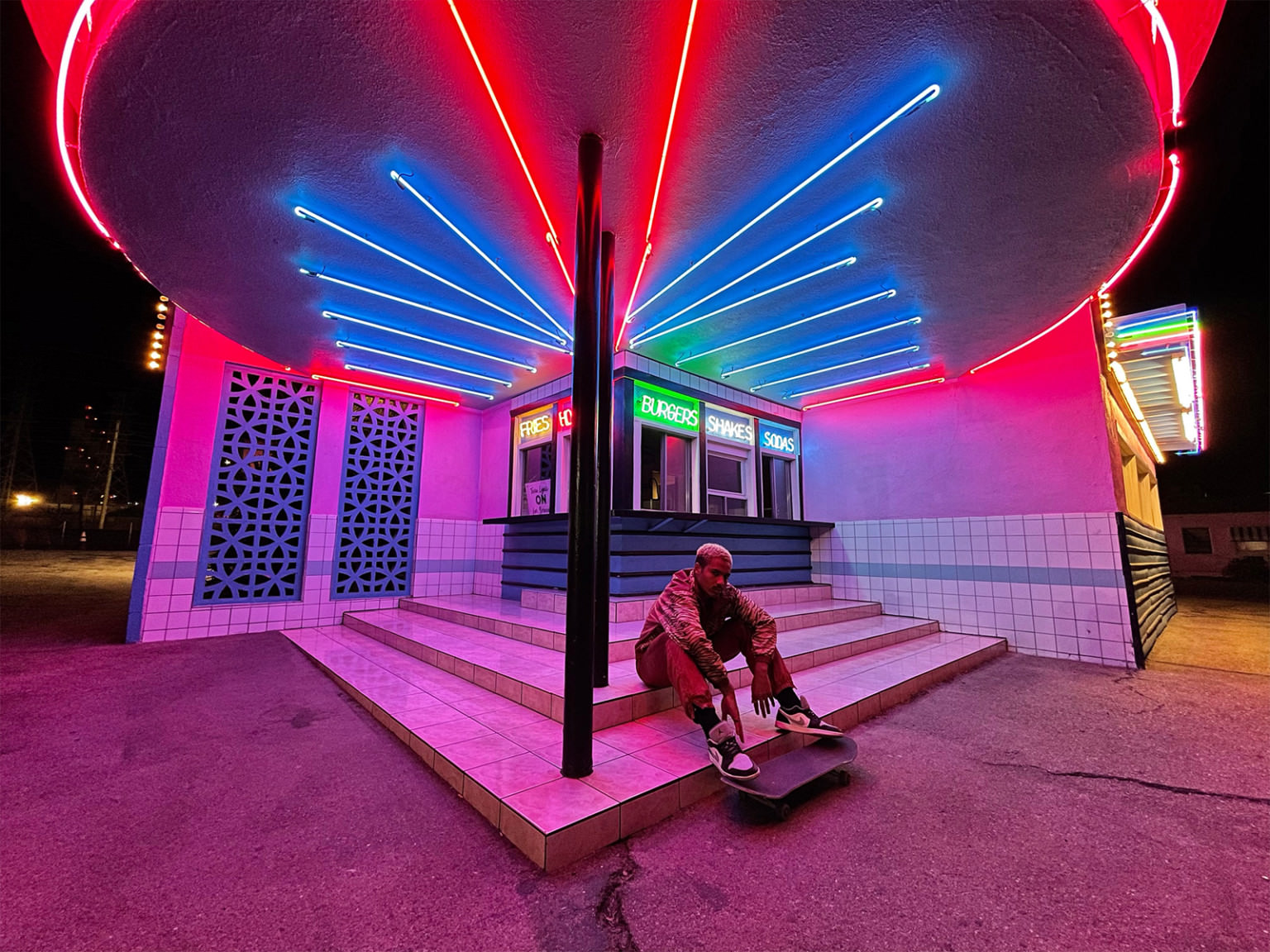The New iPhone 12 Brings “an Unparalleled Camera Experience” with Powerful AI
Apple announced the iPhone 12 and 12 mini, alongside the next-generation of its flagship mobile devices, the iPhone 12 Pro and iPhone 12 Pro Max, which promises greater photo and video performance.
Although the event’s tagline is all about connection — foremost 5G signal – those new iPhone’s promises big improvement in the photo and video department, thanks to the AI. Apple says that the iPhone 12 delivers powerful computational photography features enabled by A14 Bionic and a new dual-camera system, bringing what the company says is “an unparalleled camera experience.”
The new iPhone 12 is constructed of aluminum and features a 6.1” Super Retina XDR OLED display. Despite having the same display size as the iPhone 11, the iPhone 12 has smaller bezels and a more compact frame that results in the device being 11% thinner, having 15% less volume, and weighing 16% less.
On the camera front, the smartphone features the Ultra-Wide camera and a new Wide camera with an ƒ/1.6 aperture, providing 27 percent more light for even more amazing low-light photos and videos. Computational photography is taken to the next level on iPhone 12 models with Night mode and faster-performing Deep Fusion now on all cameras — TrueDepth, Wide, and Ultra Wide — for improved photos in any environment.
The main benefit of the computational photography is found in the company’s Smart HDR 3 mode, which Apple promises will bring out details in faces that are in deep shadow as well as increase the sharpness and clarity of those subjects. Smart HDR 3 uses machine learning to intelligently adjust the white balance, contrast, texture, and saturation of a photo for remarkably natural-looking images.
Speaking about the flagships models the company put a huge emphasis on the camera capabilities of its latest Pro devices. The iPhone 12 Pro features three 12MP camera modules: a 13mm-equivalent F2.4 ultrawide camera with a five-element lens; a 26mm-equivalent F1.6 wide (standard) camera with optical image stabilization and a seven-element lens; and a 52mm-equivalent F2.0 telephoto camera with optical image stabilization and a six-element lens.
The iPhone Pro devices will also feature the LiDAR, which is a method for measuring distances by illuminating a target with a laser and measuring the reflection via the sensor. It enables object and room scanning and precise placement of AR objects. With the iPhone 12 Pro, LiDAR is used for autofocus in low light scenes and therefore improves accuracy. It can identify a subject, focus, and capture even faster and works in both photo and video. You should see six times faster autofocus performance in low light, and it can also allow for better portraiture effects in low light.
The main differentiator between the Pro and Pro Max is the sensor size, which as mentioned is 47% larger on the Pro Max. That larger sensor should provide a better dynamic range, better performance in low light, and overall higher image quality than any other iPhone. In fact, Apple says the low light performance of the Pro Max sees an 87% improvement over former devices.
In addition to the new hardware, Apple also revealed it will bring Apple ProRAW to its latest iPhone devices later this year. Apple says the new format will combine the benefits of its Deep Fusion and Smart HDR technology with the flexibility of a Raw file format when editing. The format will be able to be captured with all the onboard cameras.
Apple will be launching an API for all editors on both smartphones and desktop computers to work with the new file type.
Apple further pushed the video boundaries with the iPhone 12 with the added ability to record HDR video, including the capability to shoot and edit Dolby Vision HDR directly within the Photos app.
You can record in 10-bit HDR, with 700 million colors (60 times more colors than before). You will have access to a live preview of HDR content while shooting and the iPhone 12 Pro Max is the first camera to record in Dolby Vision HDR up to 60 frames per second. Dolby Vision, which is Dolby’s proprietary HDR, is a format in which more studios are capturing and mastering and is being supported by more televisions each year. The iPhone 12 Pro and Pro Max can grade all frames in Dolby Vision, live, while recording.
The iPhone 12 and iPhone 12 mini will be available in blue, green, black, white and (PRODUCT)RED starting at $799 and $699 respectively.
The iPhone 12 Pro will start at $999 and the iPhone 12 Pro Max starts at $1,099. Both can be pre-ordered on October 16 and begin shipping in numerous countries starting October 30.
More info on Apple’s website.





